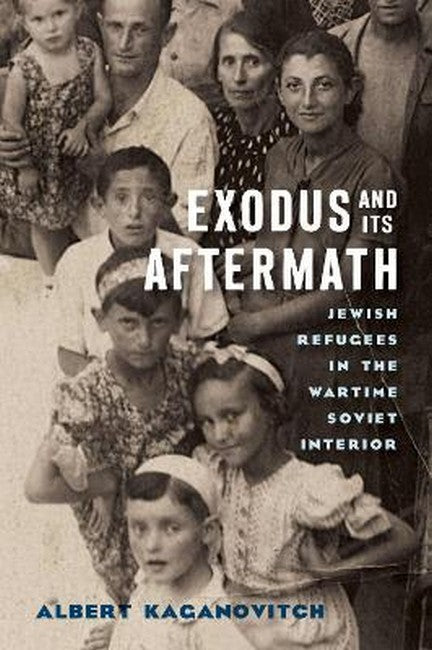Albert Kaganovitch is an independent scholar based in Winnipeg, Canada. He is the author of The Mashhadi Jews (Djedids) in Central Asia and The Long Life and Swift Death of Rechitsa: A Community in Belarus, 1625-2000.
Request Academic Copy
Please copy the ISBN for submitting review copy form
Description
List of Illustrations and Tables Acknowledgments Transliteration Notes, Names, and Places Introduction 1 Wartime Migration to the Eastern Regions of the USSR 2 The Local Authorities Facing Refugees 3 "He who does not work, does not eat" 4 Famine, Mortality, and Some Help 5 Orphanages, Adoption, and Jewish Children 6 Culture Clashes 7 Statistics on Refugees and Their Migration 8 The Difficult Road Back Conclusion Notes Bibliography
"Drawing on a wealth of archival material, Kaganovitch shows that Soviet wartime and postwar propaganda about the warm embrace of evacuees by their fellow citizens masks a far more complex reality of hunger, disease, and discrimination."-Eliyana R. Adler, Penn State University "Plumbs Soviet archives and published materials to provide considerable statistical data and compelling individual narratives of the plight of Jewish refugees in the Soviet interior. . . . Although the events of the Shoah overshadowed the predicament of these Eastern European Jews, Kaganovitch's informed narrative reclaims their stories."-CHOICE Reviews "A welcome contribution to the relatively limited field of wartime displacement in the USSR. Additionally, the book provides a fresh look at the history of Jewish people in the Soviet Union during World War II by examining the war's impact on Jewish refugees from the USSR's western regions to its east."-H-Russia "Rich with examples from memoirs and a multitude of archival materials, which are accompanied by much statistical data, based on large-scale quantitative studies. All of these sources give a detailed picture of the situation regarding the places where Jewish refugees arrived."-AJS Review

